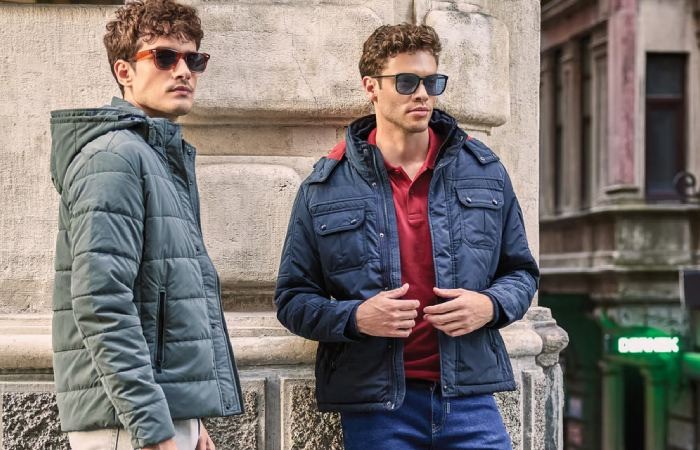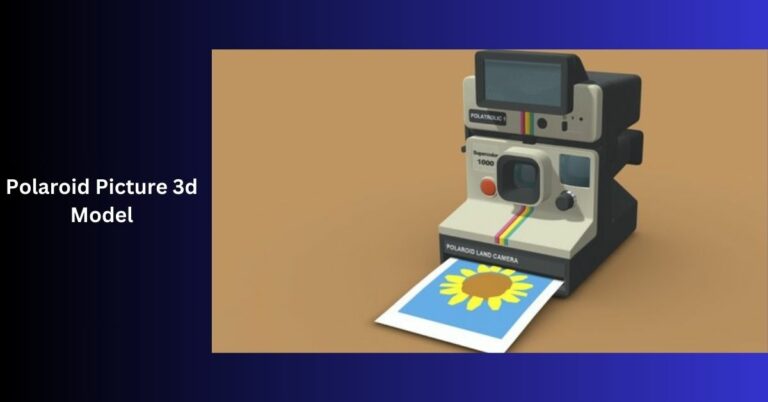Exploring 8 Must-Have Types of Packaging Details for Wine Products
In the highly competitive wine industry, presentation is everything. The right packaging details can significantly enhance a wine’s brand identity and overall market success.
As a winemaker or marketer, understanding and implementing these crucial packaging elements can set your product apart from the rest.
In this blog post, we will explore eight must-have types of packaging details. Each of these can elevate your wine products to new heights.
Embark on this journey of exploration today and discover how the perfect packaging can make a world of difference.
Read on!
1. Label Design
The label of a wine bottle is often the first thing that catches a consumer’s eye. A well-designed and visually appealing label can attract potential buyers and pique their interest in trying your product.
When designing a label, it is essential to consider factors such as:
- font style
- color scheme
- imagery
- overall layout
These elements should be carefully chosen to reflect the brand’s identity and convey the desired message to the target audience. For example, a bold and modern font may be suitable for a boutique winery targeting younger consumers.
On the other hand, elegant calligraphy can enhance the perceived quality of a premium wine brand. With the right label design, your custom wine bottle can stand out on shelves and leave a lasting impression on consumers.
2. Bottle Shape and Color
The shape and color of a wine bottle can also play a significant role in attracting buyers. Different shapes and colors can convey different messages to consumers, such as:
- elegance
- sophistication
- affordability
For example, a sleek and slender bottle with clean lines may give off an air of luxury and exclusivity. But, a rounder and wider bottle can be perceived as more approachable and budget-friendly.
Additionally, the color of the bottle can also affect consumer perception. For instance, darker-colored bottles are often associated with bolder and more robust wines. But a lighter-colored bottle can convey a sense of freshness and lightness in the wine.
Consider experimenting with different bottle shapes and colors to find the perfect fit for your brand and product. Take note that the bottle shape should also be practical and suitable for storage and transportation.
3. Closure Type
The type of closure used for a wine bottle can also impact consumer perception and experience. Traditional corks may provide a sense of elegance and sophistication. But, they require special tools to open and can be prone to flaws, such as cork taint.
Alternative closures like screw caps or synthetic corks may be more convenient and cost-effective. This is especially true for wines meant to be consumed young. These closures can also be customized with branding or logos, adding a unique touch to your packaging.
Choosing the right closure for your wine depends on factors such as target market, budget, and desired image. Consider all options before making a decision that best suits your product.
4. Label Material and Finish
In addition to the design, the material and finish of a label can also impact its overall appearance and appeal. Common label materials include paper, foil, and plastic, each with its benefits.
Paper labels are cost-effective and offer endless possibilities for customization, while foil labels provide a premium and luxurious look. Plastic labels are durable and waterproof. This makes them ideal for wines that will be chilled or stored in wet environments.
The finish of a label can also enhance its visual appeal, with options ranging from matte to shiny and everything in between. Consider experimenting with different materials and finishes to find the perfect combination for your wine packaging.
5. Packaging Inserts
Packaging inserts, such as tissue paper, crinkle-cut paper, or shredded cardboard can add a special touch to your wine packaging. These inserts not only protect the bottle during transportation but also enhance the unboxing experience for consumers.
Customized packaging inserts can also be used to tell the story of your wine brand and create a memorable and unique unboxing experience. Consider adding these small but impactful details to your packaging for added value.
Moreover, packaging inserts can also serve as a marketing tool, with options for adding coupons, discounts, or QR codes for customers to scan and learn more about your brand. This can help drive repeat purchases and increase brand awareness.
6. Seals and Foils
Seals and foils not only add an elegant touch to wine bottles but also serve the functional purpose of protecting the cork or closure from tampering. These seals can be customized with branding or logos, adding another layer of visual appeal to your packaging.
Consider using different colors or materials for the seals and foils to create a cohesive and eye-catching look for your wine bottles. This attention to detail can make a big difference in consumer perception and brand identity.
7. Protective Packaging
Protecting your wine bottles during transportation is crucial to maintain their quality and integrity. Consider using protective packaging materials such as bubble wrap, foam inserts, or molded cardboard trays to ensure safe delivery of your product.
These packaging materials not only provide the necessary protection but can also be branded with your logo or messaging for added branding opportunities. Don’t overlook the importance of protective packaging in creating a positive consumer experience.
8. Sustainability Features
In today’s environmentally conscious world, sustainability is a crucial consideration in packaging design. Incorporating sustainable elements such as recycled materials, and biodegradable or reusable packaging can enhance your brand image and appeal to eco-conscious consumers.
Additionally, sustainable packaging can also save on costs in the long run and help reduce your carbon footprint. Consider incorporating sustainability into your wine packaging to appeal to a growing demographic of environmentally aware consumers.
Explore the 8 Must-Have Types of Packaging Details for Wine Products
Packaging details may seem like small elements in the grand scheme of winemaking. But, they can make a significant impact on consumer perception and brand identity. Each aspect of wine packaging should be carefully considered and chosen to reflect your brand’s message and appeal to your target audience.
By exploring these eight must-have types of packaging details, you can elevate your wine products to new heights and stand out in a highly competitive market. Remember to experiment with different options and continuously improve your packaging to stay ahead of the game and provide consumers with an exceptional experience. Cheers to beautiful and effective wine packaging!
To explore other topics, visit our blog page. We have more!




